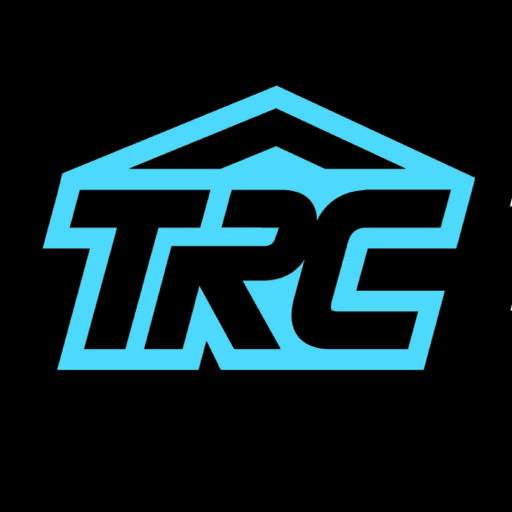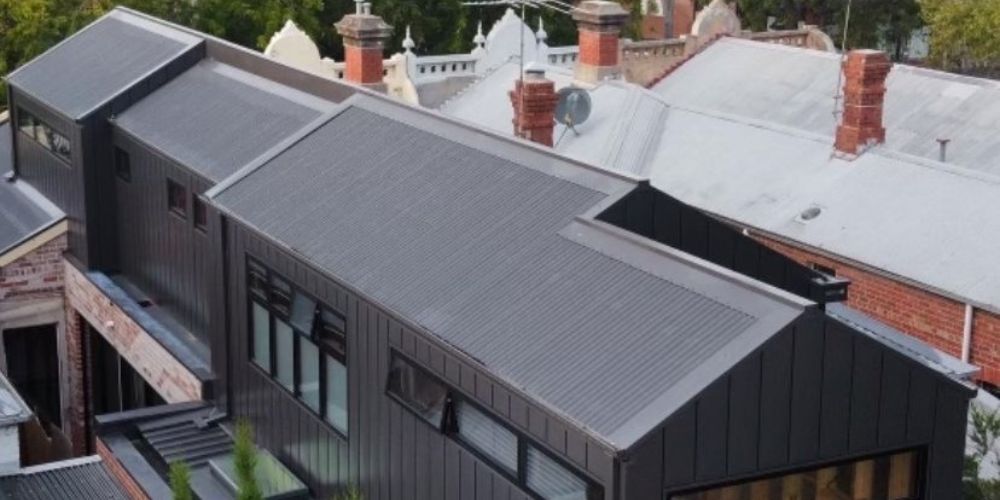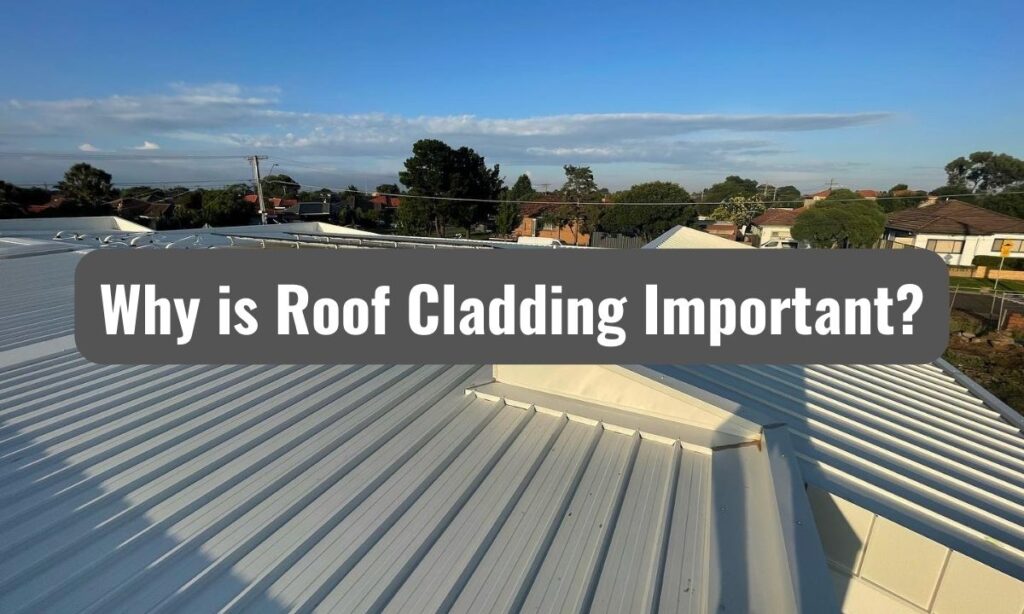Why is Roof Cladding Important?
Roof cladding is a type of coverage used to cover the roof and provide a weather- and water-resistant layer that keeps moisture from condensing on the roof’s surface. On the outside of a roof, it is a massive sheet of material or numerous little overlapping sections. The best material for roof cladding is waterproof, durable, fireproof, and insulating against temperature and noise. It is offered in a vast array of materials and styles, as well as different forms and sizes.
Any industrial or commercial building must have roof cladding. Your roof must have an additional layer that serves as a watertight seal for the installation. Various materials can be used for roof cladding.
However, why is roof cladding so important?
Let us explain in detail the importance of roof cladding for your house and why the demand for it is rising and eventually help you decide on choosing the right roofing company to work on your roofs.

Lance Mathews
In This Article

What is Roof Cladding?
The procedure of cladding a roof involves covering it with a waterproof layer. This avoids moisture accumulation in the roof, keeping the interior dry and comfortable. The materials used to clad any building structure should generally be robust, weatherproof, and offer sufficient insulation against noise and temperature changes.
Today, roof cladding materials used by building companies include slate, clay, terracotta, asphalt, and concrete, among many others.
The roof cladding installation creates a watertight covering that shields the interior from the elements while keeping the occupants warm and dry. It is available in various sizes, forms, and materials, allowing you to choose the design that best complements your structure
Types of Roof Cladding
There are various products available for roof cladding. The popular choice of metal cladding is coated metal or Colorbond, which is offered in multiple designs and hues. Metal cladding varieties include corrugated, Trimdek, Spandex, and micro orb. Because metal cladding is so adaptable, it may be used in various architectural styles, including challenging ones like curved roofs.
Another type of roof cladding is tile, made from various materials, including terracotta, concrete, clay, slate, and others. Any roof can benefit from tiles, which are also timeless.
Another excellent option for cladding is asphalt shingles, which can give you stunning appearances without going overboard with your spending.
Why not cover your current roof with bamboo cladding for a more natural appearance? Products made of bamboo or a similar material have a beautiful appearance. They can lessen the damaging effects of the sun. Why not consider installing palms `underneath outdoor roofs to help with insulation?
Another option that works for roofing is plastic and fibreglass cladding. It functions effectively, is reasonably priced, and comes in various designs and colours.
Importance of Roof Cladding
1. Insulation
Adding roof cladding may insulate your roof and assist control the building’s internal temperature. Suppose your industry generates a lot of noise that could affect the neighbourhood. In that case, insulation can also offer an additional layer of soundproofing. A level of fire resistance is also an additional benefit of insulation from roof cladding for your structure.
2. Aesthetic Appeal
By improving its aesthetic appeal, the building might gain overall appeal and value.
You can choose the roof cladding that best complements the structure and the neighbourhood’s architecture. Several types are available, each with textures, colours, and coating options.
3. Low Level of Maintenance
Cladding is advised above other solutions since it needs less maintenance over time. All that’s required to clean cladding is a straightforward washdown.
Additionally, although choosing brick and stone for cladding may cost more initially, maintaining these materials is significantly less expensive than maintaining other cladding options.
4. Economics and Ecology
Every aspect of a building’s construction is considered in light of the surroundings in which it is located. Materials must comply with laws and be approved for their intended usage.
In this regard, cladding is advantageous since it reduces the amount of carbon dioxide emissions from the building that are released through the heating system.
5. Value for Money
Although the initial expenditures of buying and installing the cladding are expensive, the property will eventually gain value.
There will be fewer maintenance expenses and requirements each year and less money spent on regulating the building’s internal temperature.
As its structural endurance increases, cladding increases a building’s strength.
Key Take Away
Your roof separates your home’s interior and the outside world. Your roof protects you from snow, hail, rain, ice, branches, and other debris if it’s in good condition. If your roof is damaged, your house may leak, grow mould and mildew, and have other issues. Large-scale water issues affecting critical home systems might result from a modest roof line leak.
A building’s added layer of protection is the main benefit of cladding it. Cladding protects from various factors while increasing any structure’s mechanical stability. Roof cladding is an economical and kind to the environment option to increase the lifespan of your roofs.

